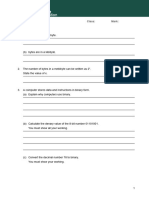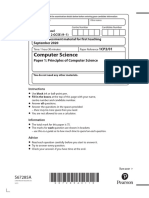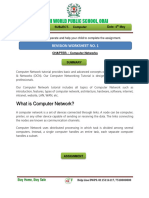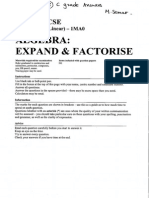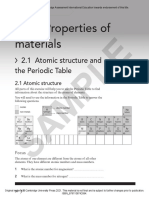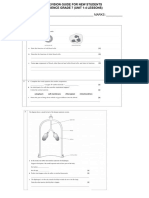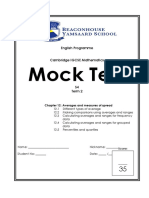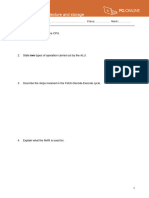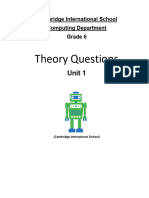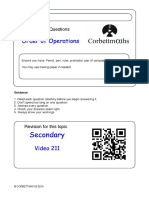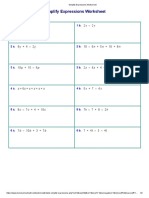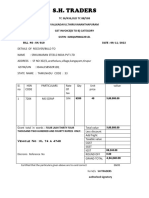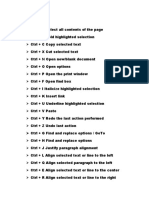0% found this document useful (0 votes)
98 views3 pagesIGCSE Computer Science Worksheet
The IGCSE Computer Science Worksheet focuses on data representation, covering binary and hexadecimal conversions, ASCII characters, binary arithmetic, and data storage units. It consists of five sections with a total of 50 marks, including tasks such as converting numbers, explaining concepts, and performing calculations. The worksheet is designed to assess students' understanding of fundamental computer science concepts related to data representation.
Uploaded by
anishCopyright
© © All Rights Reserved
We take content rights seriously. If you suspect this is your content, claim it here.
Available Formats
Download as PDF, TXT or read online on Scribd
0% found this document useful (0 votes)
98 views3 pagesIGCSE Computer Science Worksheet
The IGCSE Computer Science Worksheet focuses on data representation, covering binary and hexadecimal conversions, ASCII characters, binary arithmetic, and data storage units. It consists of five sections with a total of 50 marks, including tasks such as converting numbers, explaining concepts, and performing calculations. The worksheet is designed to assess students' understanding of fundamental computer science concepts related to data representation.
Uploaded by
anishCopyright
© © All Rights Reserved
We take content rights seriously. If you suspect this is your content, claim it here.
Available Formats
Download as PDF, TXT or read online on Scribd
/ 3

